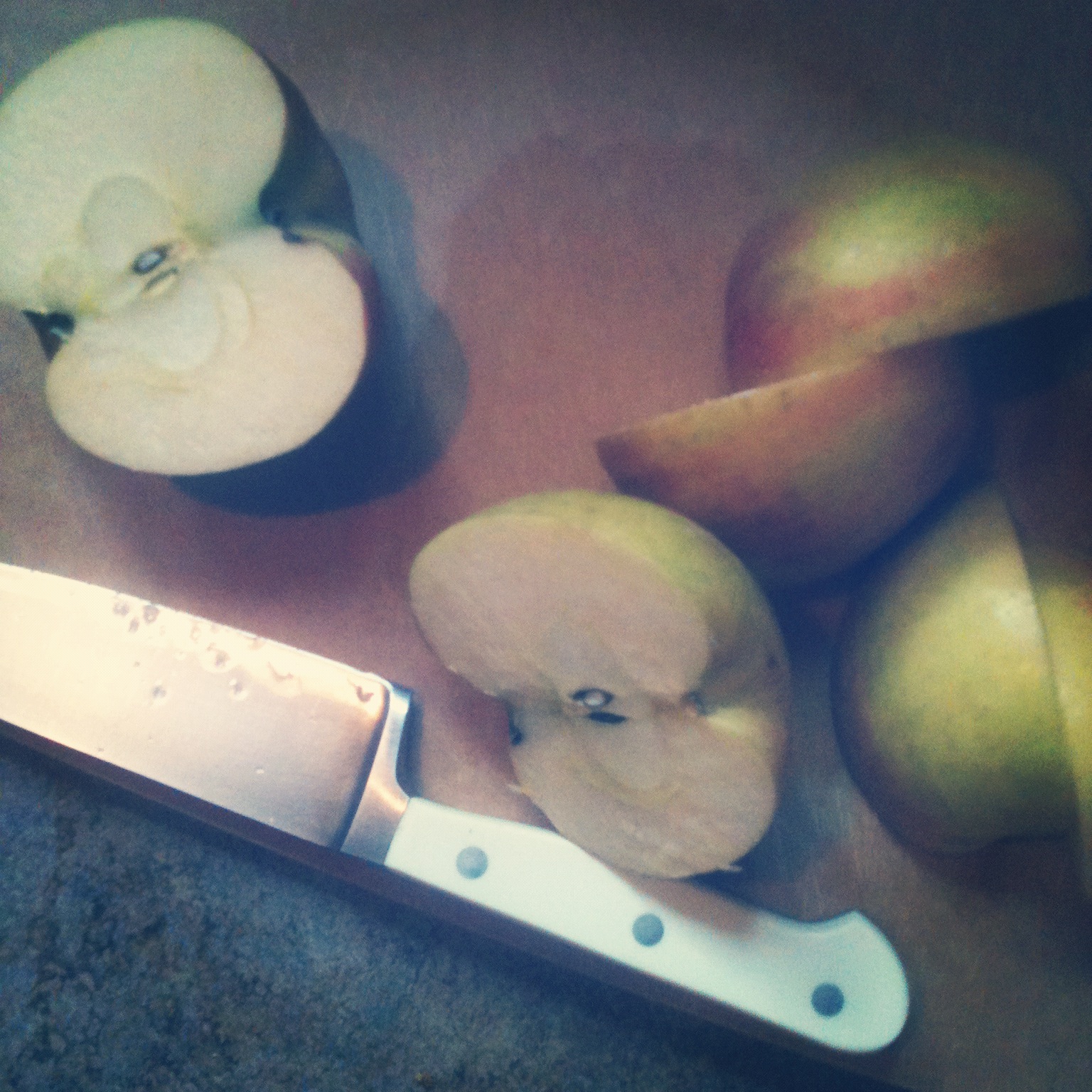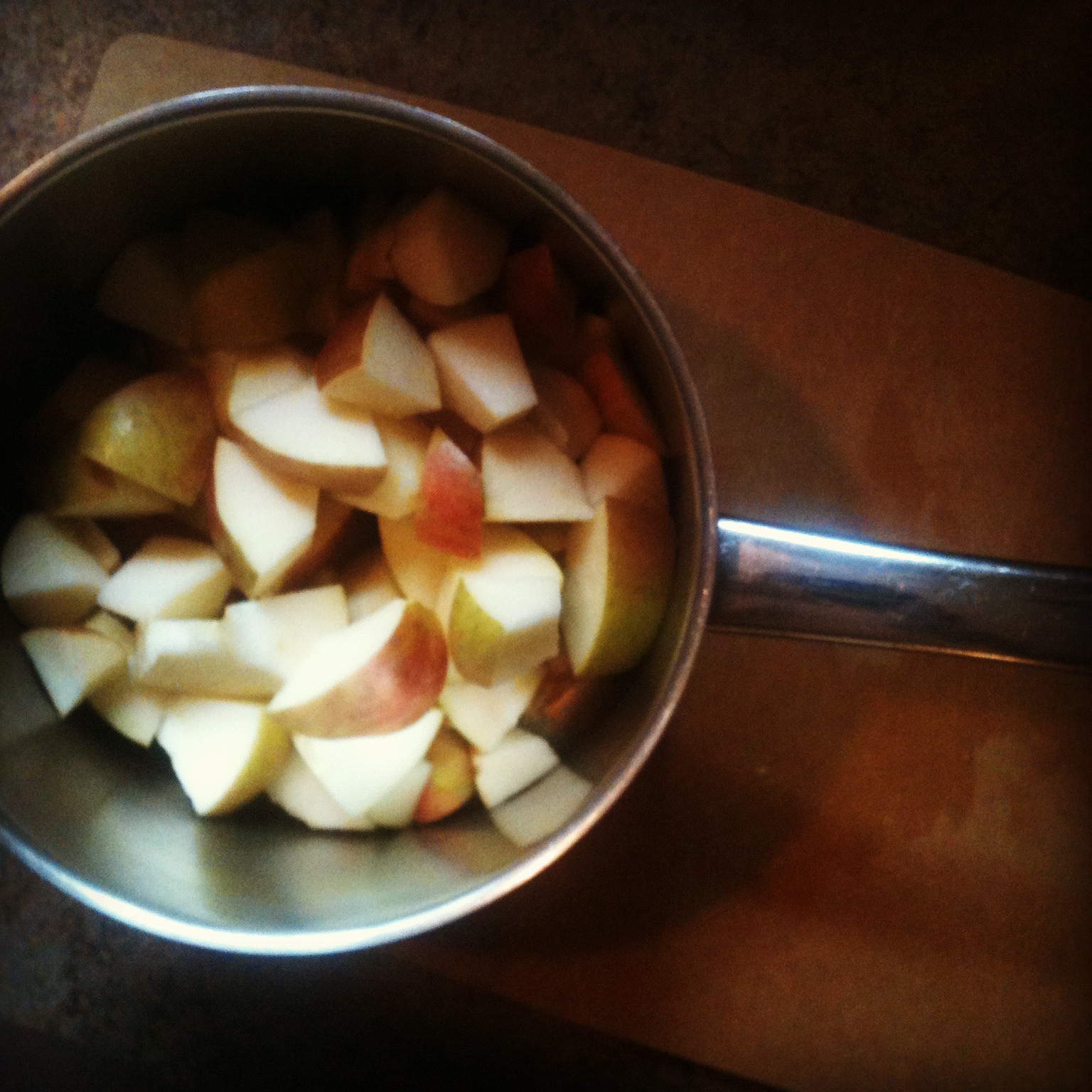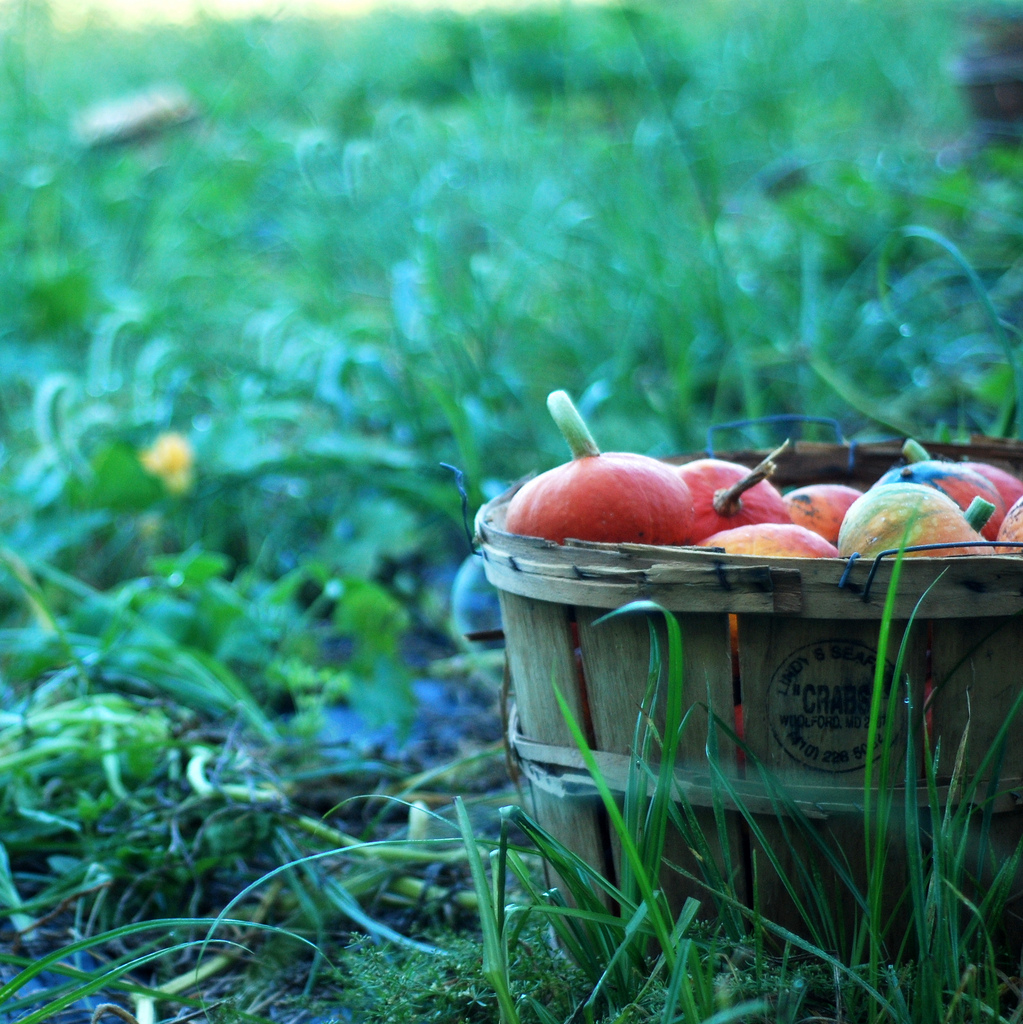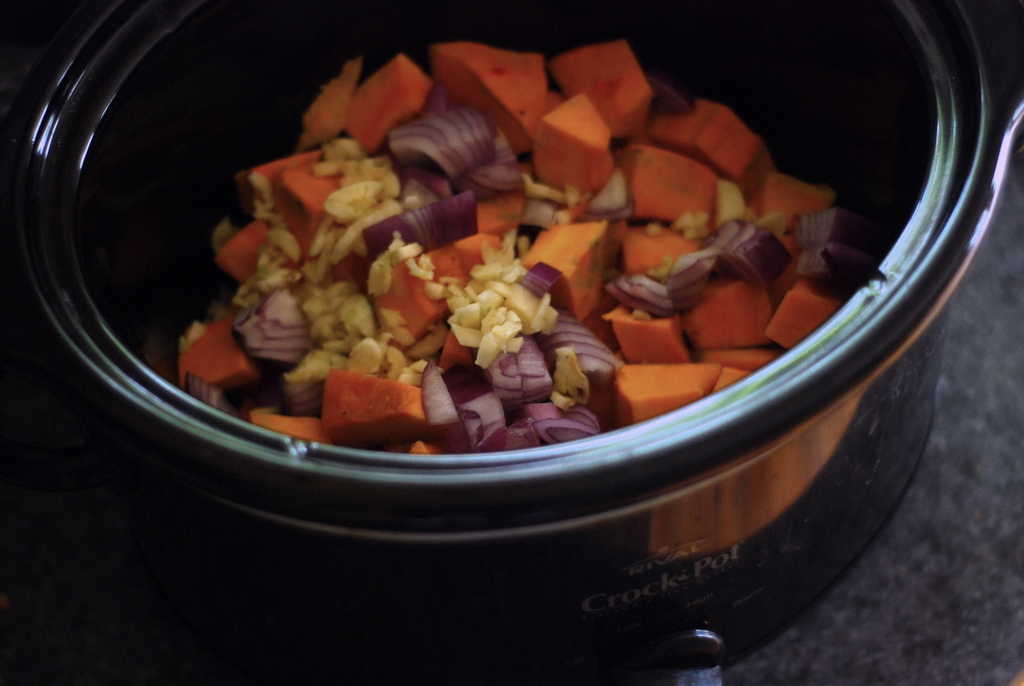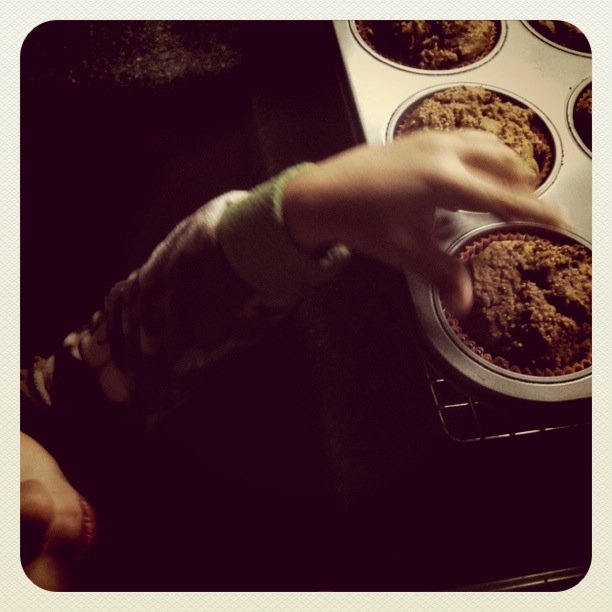I am of two minds about cookbooks. If you’ve ever sat in the comfy chair in my kitchen with a cup of coffee or a glass of wine, you’re probably laughing out loud right now, because you’re remembering my enormous cookbook collection, the one that doesn’t even fit on one six-foot bookshelf.
I’ll post a picture sometime. I’m not kidding. ENORMOUS.
I adore cookbooks. That shelf overfloweth but I still got a new cookbook last week and, umm, another one is on its way in the mail. It’s probably all to do with what they represent to me, which food writer Laurie Colwin summed up very nicely in her book More Home Cooking:
Cookbooks hit you where you live. You want comfort; you want security; you want food; and you want to not be hungry; and not only do you want these basic things fixed, you want it done in a really nice, gentle way that makes you feel loved. That’s the big desire, and cookbooks say to the person reading them, ‘If you read me, you will be able to do this for yourself and for others. You will make everybody feel better.’
Right?
Only, sometimes I think we have forgotten how to feed ourselves – that we have lost our confidence and intuition in the kitchen, that we are at least sometimes overwhelmed by the task of planning a week’s worth of square meals for our family, that the idea of cooking from scratch without a recipe can feel as impossible as driving blindfolded.
The reasons for all this are probably pretty complicated, and I don’t mean to attempt a tidy explanation here in this post. But I think the answer is just to cook. To cook more. To cook often. To cook alone and with our partners and with our kids and with our friends and with our neighbors.
And there are times when I think my beloved cookbooks get in the way. I know that sometimes I’m paralyzed by choice – at any given moment I might have four cookbooks piled atop one another on the kitchen island, each with nine recipes bookmarked. Other times I pass a recipe by because I don’t have dried rosemary or I’m out of lemons or I don’t have the right kind of mushrooms or I only have chicken stock and not beef stock.
But I’ve been rereading all the Little House books over the last couple years and there’s never once mention of a cookbook. I’m going to talk about Ma Ingalls for a minute here – cautiously. I don’t think we need to work like she did to feed our families well. She spent almost every waking hour of every day of every week of every month, all year long, keeping her family fed, and that’s not what I’m urging. I also don’t mean to romanticize the adversity or the loneliness or the dangers of frontier living. But gosh … Ma worked up a blackbird pot pie when the blackbirds were eating all their corn, and she made her own sourdough when blizzards kept the supply train from bringing essential pantry items like yeast, and there was (almost) always fresh homemade butter on the table. Caroline Ingalls did not have a giant cookbook shelf, and she did not have food blogs, and she did not have Facebook. She didn’t have measuring spoons or an oven thermometer either – or even an oven at all, for many years.
So how did she do it?
Well, first off, she managed it all because she had to, because if she didn’t figure it out her family would starve. That’ll motivate you.
But that’s not the whole story, of course. We know she cooked with her sisters and her sisters-in-law and her neighbors and women at church. We know her daughters cooked alongside her from the time they were very young and so I think it’s fair to assume she did the same as a little girl.
And I think that when you do something your whole life, you’re not scared of it – it’s just something you do. Maybe it starts as something someone teaches you but then it becomes second nature. I want to give that to my son.
When I am feeling like I do not know what to feed my kid – when he has refused everything except bread and yogurt and pretzels for four days – when we’re out of baking powder and the milk has gone sour – when what with putting in another load of laundry and stubbing my toe on a Matchbox car and changing diapers and writing a new post for our farm blog and trying to figure out how many CSA shares to offer next year and going on a long meandering walk in the woods with my son and looking at mushrooms and wading in the creek and forgetting about my to do list for a while – when what with all that it’s all of a sudden 6:30pm and I have not even thought about what to cook for dinner —
— well, sometimes, when all that is going on, I make applesauce.
It’s not dinner. But I swear to Pete it’s food. Good food. Easy food. Real food. And I can do it without a long list of ingredients, without three burners and five bowls, without stress. Without a cookbook.
Simplest Applesauce
Use whatever kind of apples you have on hand, and as many of them as you want. I used three Honeycrisps for the pot above. Apples you’ve neglected for weeks in the crisper drawer or apples that are bruised from when your toddler threw them at the dog work great here. I’ve listed some optional ingredients, but I recommend making this applesauce with just apples and water the first time. Apples are naturally sweet and flavorful and become even more so after the gentle heat of cooking. It’s seems almost a miracle to make something so good out of almost nothing.
apples
water
optional: one cinnamon stick or a good shaking of ground cinnamon, a little honey or maple syrup
Quarter and core your apples. I never peel mine. Cut the apple quarters into chunks – a young child can even do this step with a plastic knife – and put them in a saucepan or Dutch oven. Add just enough water to come about an inch up the sides of the pot, maybe a little less. Add any optional ingredients now too.
Cover your pot, turn the burner on medium-low, and cook until the apple chunks are tender, about 15 minutes.
Remove the cinnamon stick if you used it. Purée with an immersion blender (the easiest way, if you have one), or purée in batches in a food processor, or mash with a potato masher.
Lasts maybe a couple weeks in the fridge and for a long long time in the freezer!

